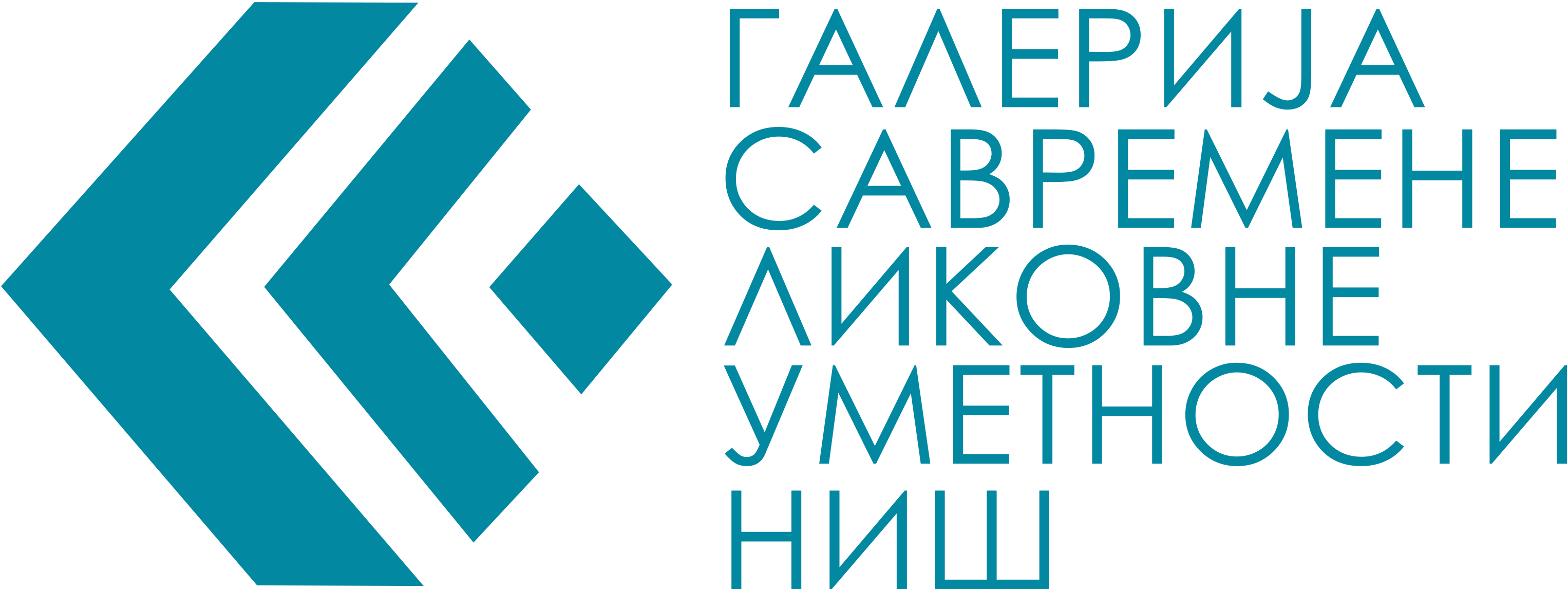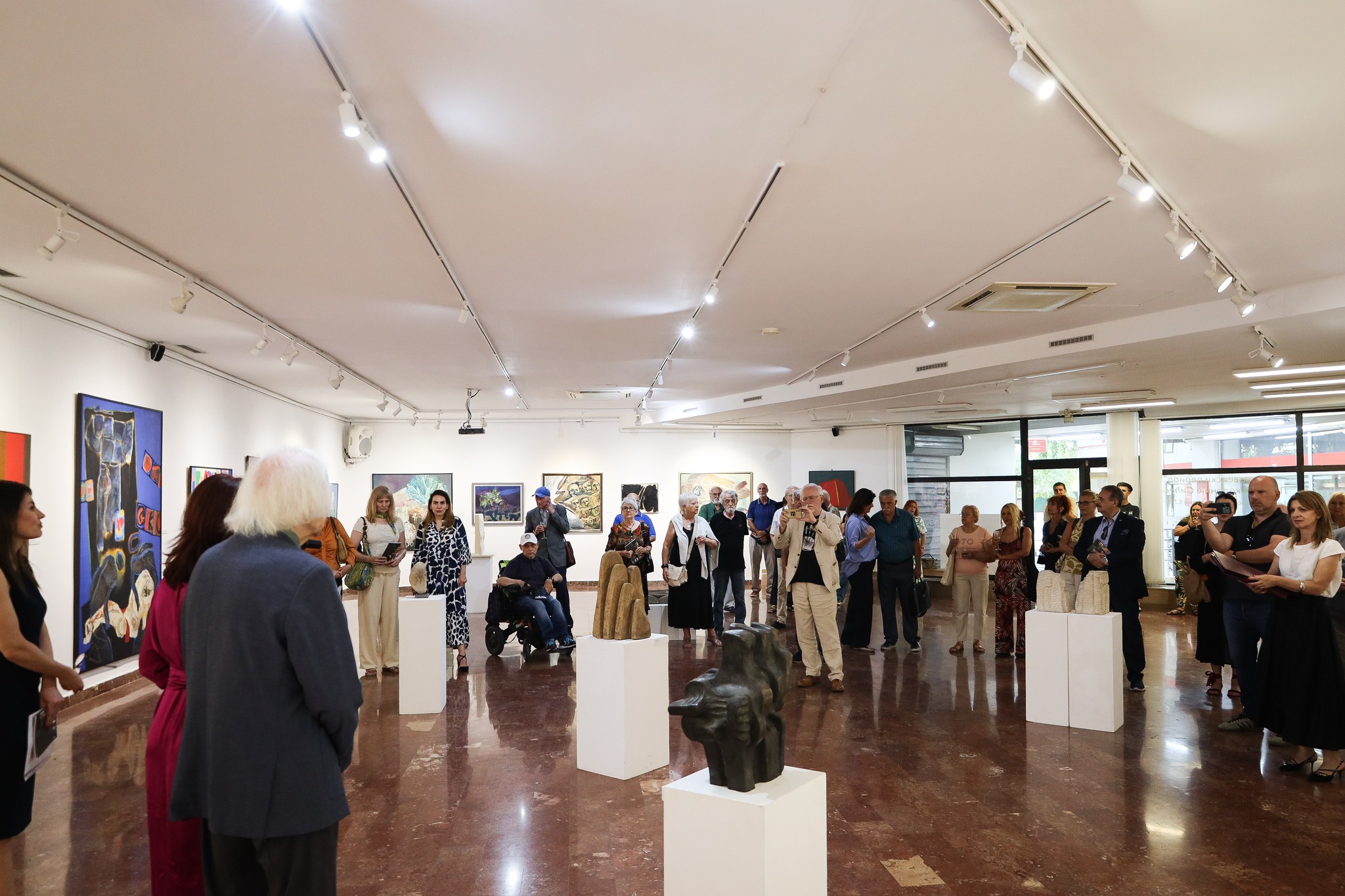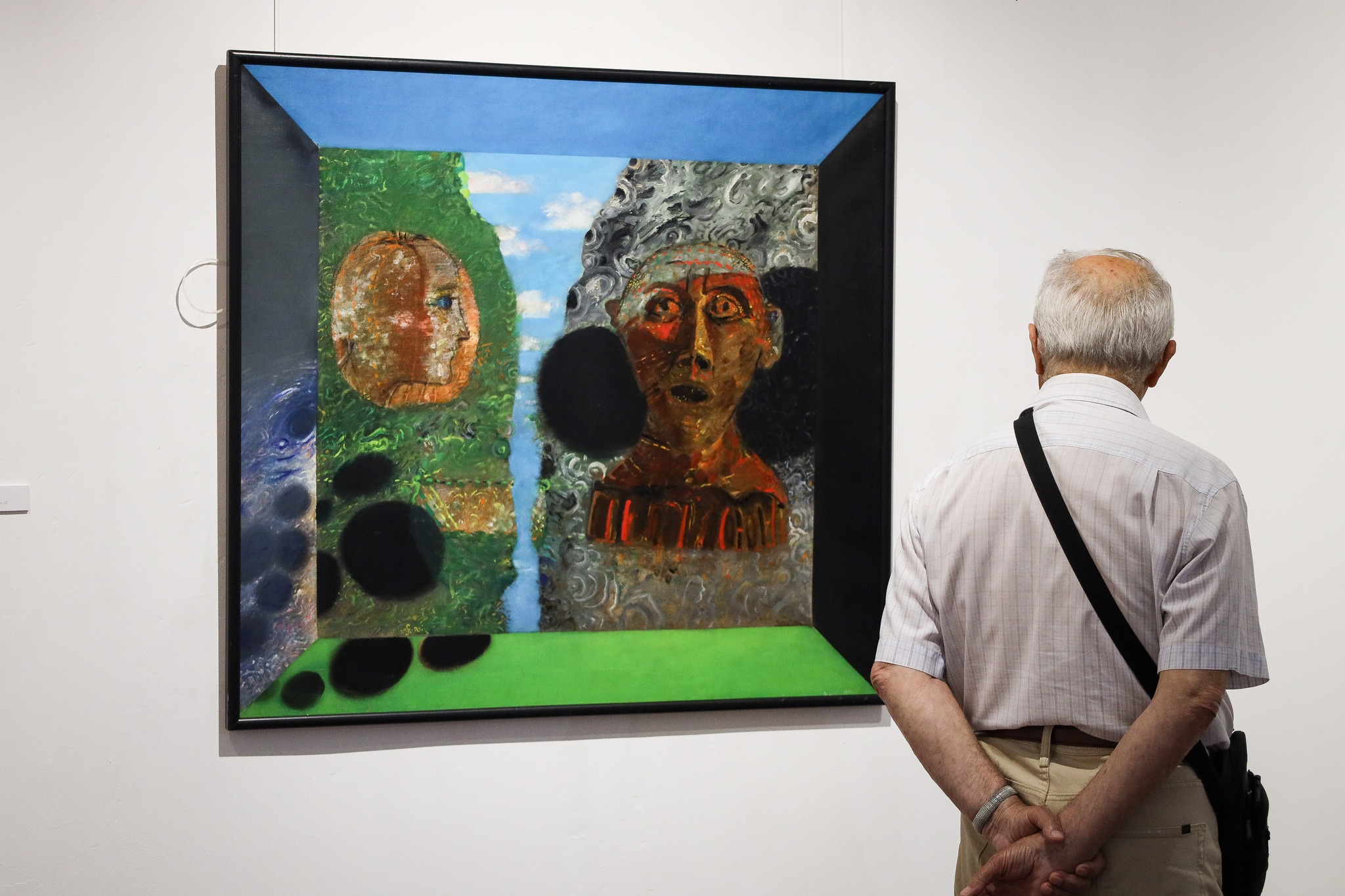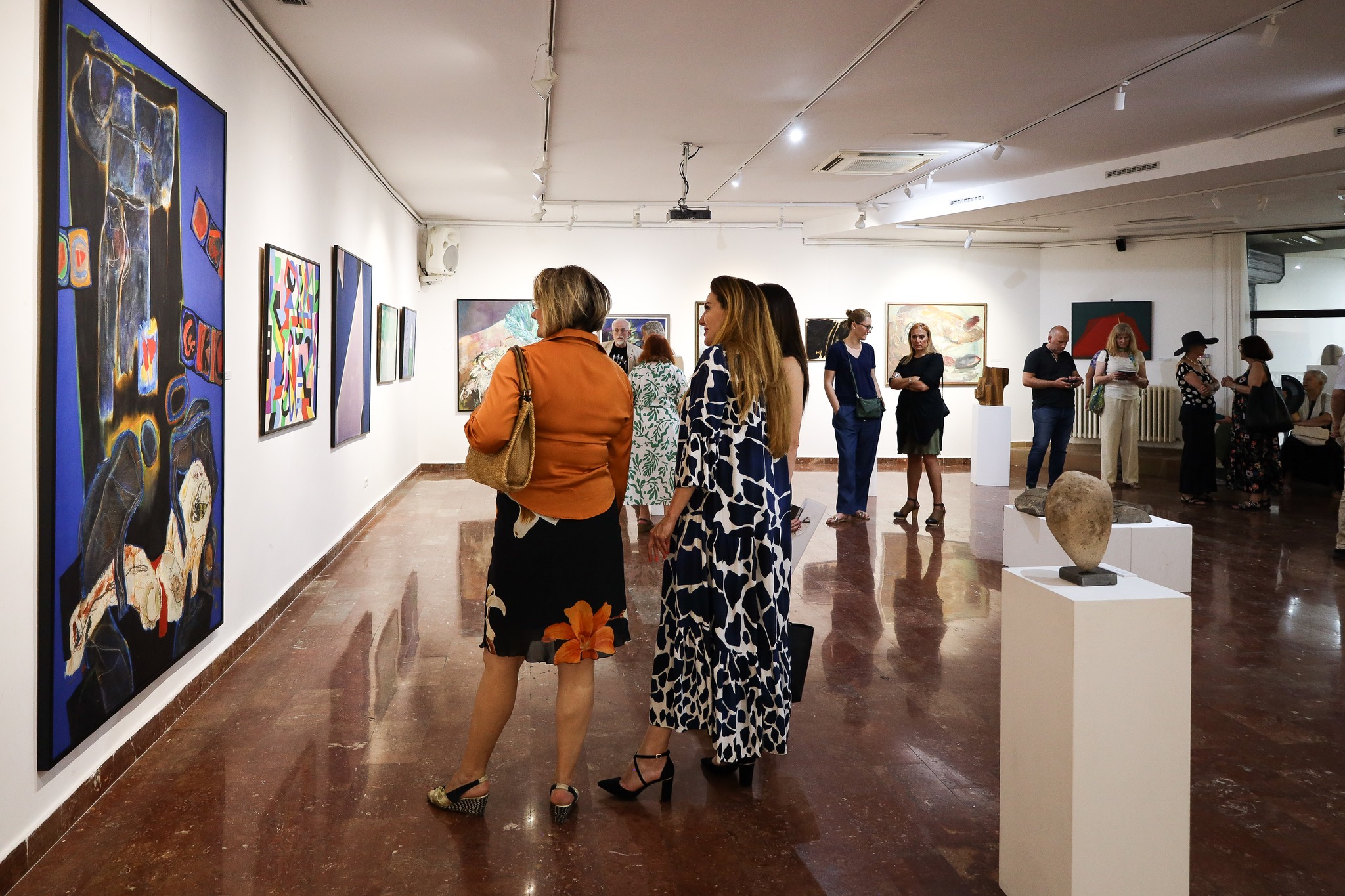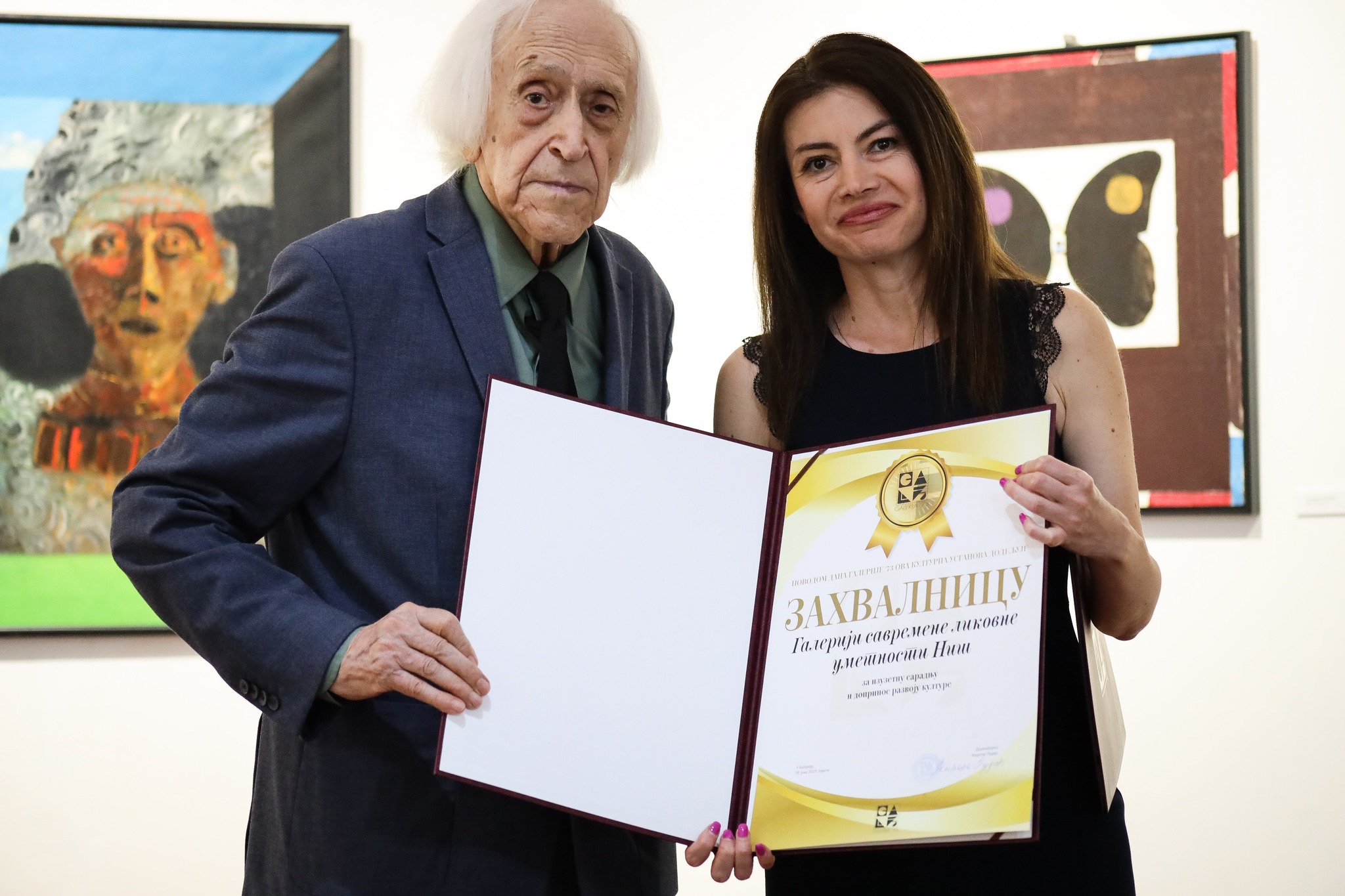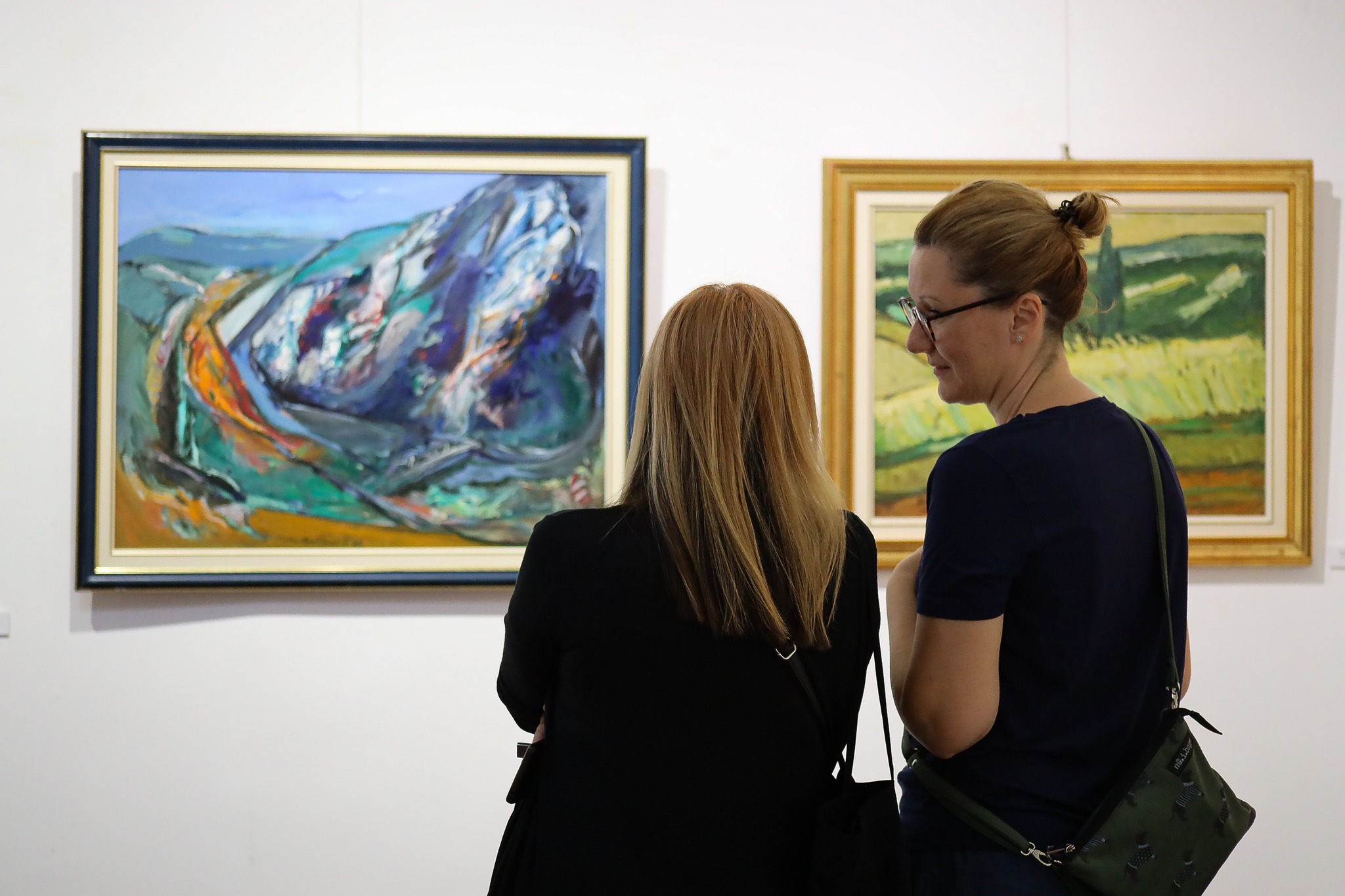This year marks the 120th anniversary of the founding of the First Yugoslav Art
Ethnic Colony. The founder of Serbian modernism, the famous painter Nadežda Petrović, and her colleagues from her Munich school days, gathered around the idea of cultural unification of the South Slavic peoples, by coming to a village in southern Serbia and working in the open air, they left a significant legacy for this part of the country. The idea of an artist’s stay in Sićevo every summer did not take root, so it was renewed under the name of the Sićevo Art Colony six decades later and has been continuously held since then to this day. 545 domestic and foreign authors of different generations and styles participated in the work of this now public city event, who enriched the Gallery’s collection with 912 paintings, graphics, new media and sculptures. These works represent a lasting value and are a significant cultural heritage of the city.
The anniversary is an opportunity to gain insight into the rich, carefully formed collection from the 1970s to the present day, to point out the significance of the artistic undertaking of that time and, in the context of the wider cultural space, tradition, social and political circumstances, to examine the influence on contemporary artistic thinking, understandings of fine arts and echoes in creativity. The concept of the exhibition in gallery 73 reflects the idea of unity and Yugoslavism through the selection of paintings and sculptures created during the existence of Yugoslavia and the participation of authors from the former republics. The artists enjoyed the freedom and work under the open sky, so they were encouraged by the surroundings, the Sićevačka landscape, the beauty of the gorge, the rocks, and the sumptuous palette of colors, general impressions and visual sensations, each in their own unique way, applying individual artistic expression, they woven into their works (Milenko Šerban, Mihajlo Petrov, Stojan Trumić, Čedomir Krstić, Boža Ilić, Stojko Stojković, Miroslav Anđelković, Perica Donkov, Velizar Krstić, Miodrag Protić, Momčilo Antonović, Kosta Bradić, Rada Selaković). Some authors used the rich cultural and historical heritage of this region as a starting point for research and expression of personal reflections (Ivan Tabaković, Bata Mihailović), the dialogue between nature and historical and artistic heritage (Mladen Srbinović, Čedomir Vasić, Tomaž Kržišnik), or by questioning their inner worlds, they introduced a dose of mysticism into idyllic landscapes (Bojan Bem, Ređep Feri), and imaginatively, almost uninhibitedly, indulged in the world of fairy tales and mythology (Radomir Reljić). For some, Sićevo was an opportunity to express their own preoccupation and critical attitude towards social and socio-political circumstances in a new environment, without communicating the impressions of their immediate surroundings (Mića Popović, Zoran Pavlović), a rational and analytical approach in the spirit of new geometry (Stojan Ćelić, Bora Iljovski, Borko Lazeski) or expressive representations of the experienced (Velizar Krstić, Petar Mazev).
The exhibition presents the sculptor’s works created during the 1970s and 1980s. Forming mainly in traditional materials, within the framework of figuration, they found their expression in the classical anatomical form (Aleksandar Šakić, Viljem Jakopin) or archetypal form (Nikola Antov), skillfully combining forms within the framework of geometric stylization (Momčilo Krković) or suggestively breaking down the classical view of sculpture while experimenting with more contemporary materials (Olga Milić) to the depiction of reduced associative forms (Ivan Felker, Dušan Donkov, Nikola Njirić). By presenting paintings and sculptures by prominent protagonists of the Yugoslav art scene, the impact of the unique cultural space and the importance that the Sićevačka colony, which originated on the achievements of the First Yugoslav Art Colony, had, was to some extent perceived. Its noble mission and value oblige us to preserve tradition, carefully select participants, adequately care for and preserve exhibits, and create opportunities for their presentation on a larger scale.
June 19 – July 1, 2025
